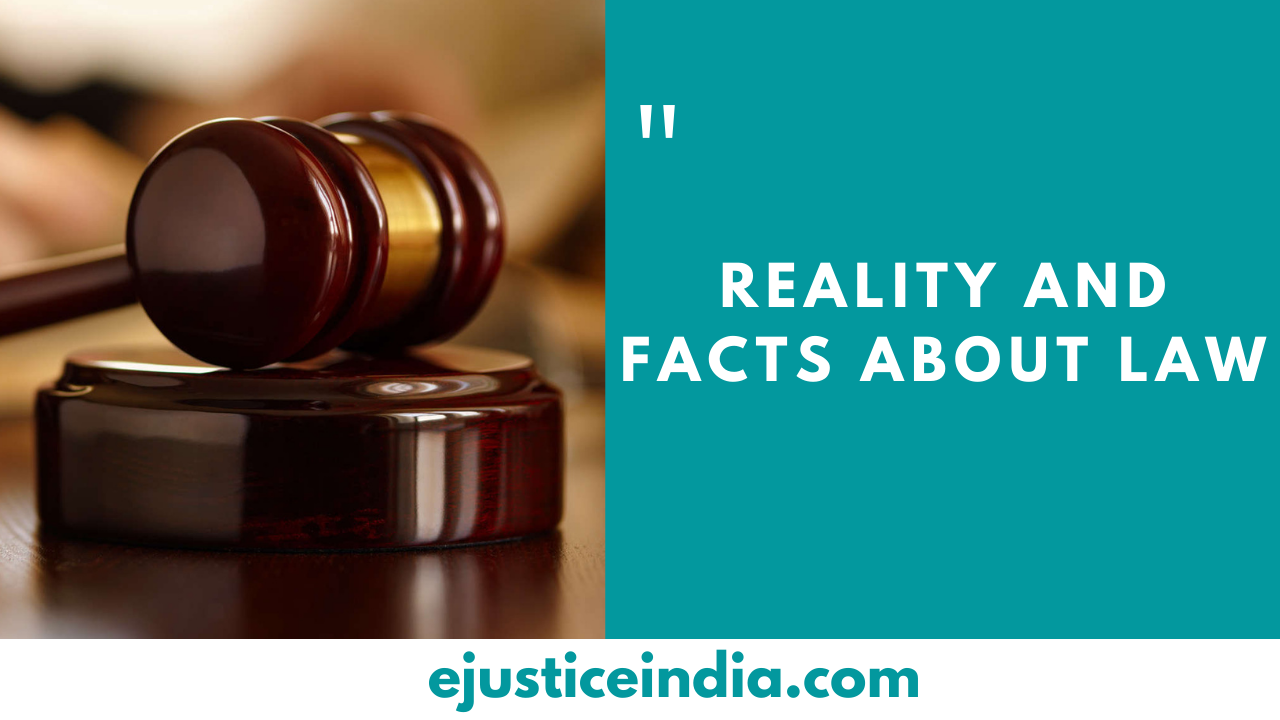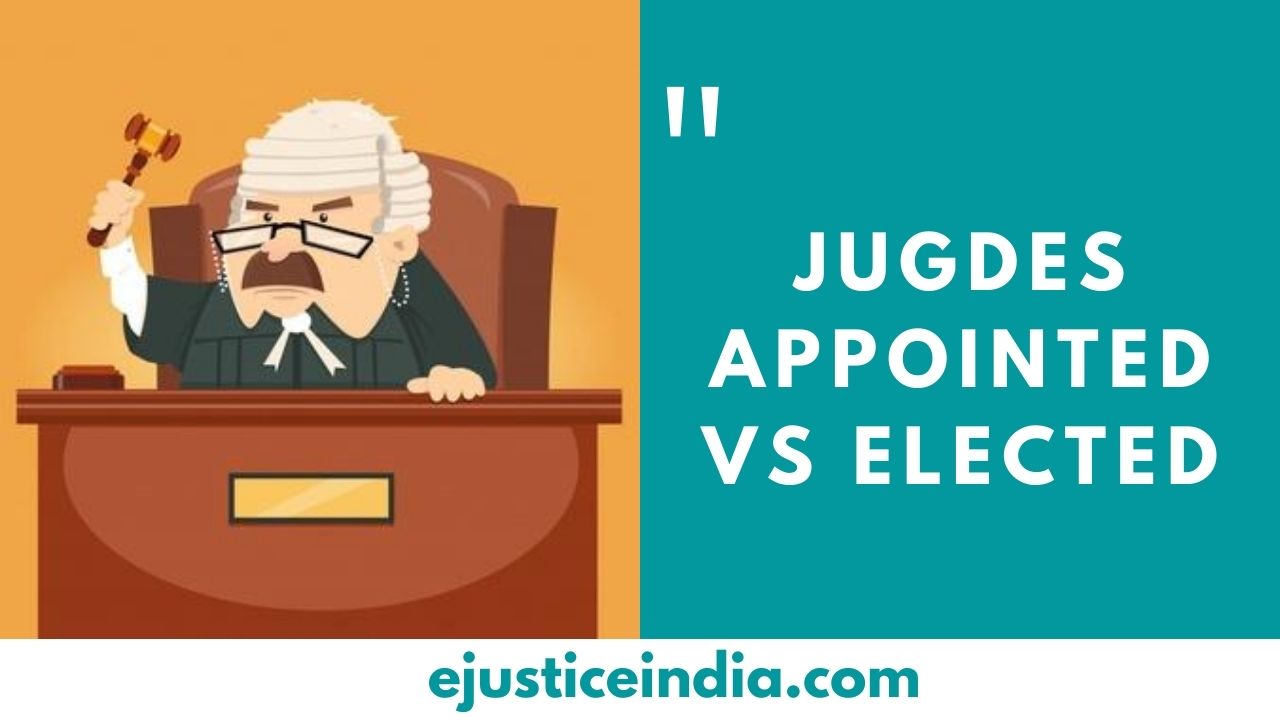ANALYSIS OF CHILD RIGHT, POVERTY AND PROTECTION: AN INDIAN PERSPECTIVE
Author: Priyanshu Kumar [CHRIST (Deemed to be University) Delhi NCR Campus)]
ABSTRACT
Child Labour is a menace that has plagued the Indian society for long. According to the report of International Labour Organisation (ILO), around 12.9 million children in India are engaged in labour and are employed in Hazardous industries. Despite of having many legislations for prohibiting child labour, there seems to exist a continued practice of employing young children to work in areas which has proved to be detrimental to their mental, physical and emotional well-being.
INTRODUCTION
The International Labour Organization claims that a whole new generation of children is being denied the opportunity to take their rightful place in the society and economy of the modern world. In a decade, the ILO has proposed that “child labour” will disappear in a decade. However, the situation is actually alarming and in fact, one in eight children in the world is subjected to most harmful forms of child labour, which endanger to their physical, mental and moral well being. Though there is a clear provision in our constitution which safeguard the interest of children to ensure that they receive education and are not forced to work for a living, it is unfortunate that child labour is a big problem in our country. Definitions of “Child” are given under Article 1 of the United Nation Convention on the Rights of the Child which says every human being below the age of 18 years unless under the law which is applicable to child, where majority is attained earlier[1]. The Immoral Traffic Act, 1956 defines ‘Minor’ as a person who has reached under the age of 16 years[2].
CHILD LABOUR IN INDIAN SCENARIO
150 million children between the ages of 5-14 work in various industries in India, according to a UN Study. They can be found working in tea shops, roadside restaurants, factories, etc. Millions of girls die before they reach the age of 15 yr. because they are abused in the workplace. They earn as little as Rs. 20 per day, and many of them live in shops or work places where they are exploited through various ways. A child beggar will only receive 10% of his daily earnings, which range from Rs. 300 to 500. He receives several punishments if he fails to meet the contractor’s goal. By the time the girls reach the age of 13, they become prostitute, in 1992, Indian government enacted a number of laws to stop child labour and ratified the UN Convention on the Rights of the Child. Children under the age of 14 are prohibited from working as domestic helpers in hotels by the Labour Ministry of India. Any employment of children is punishable by up to two years in prison and a fine of Rs.20,000 under this law. The reason for such violation of child rights are directly and indirectly related to poverty, social discrimination, prevailing attitudes, customs and the inefficiency or in appropriates of education systems.
IMPACT OF CHILD EXPLOITATION
An act that puts a child’s physical and emotional health and development in endanger while denying them access to quality education, food, and shelter is child labour. Child labour falls under the categories of emotional abuse, neglect, exploitation and physical abuse which are four main types of child abuse. Poor hygiene, denial of medical care and inadequate food, housing and clothing are all examples of physical neglect. The failure to enrol a child at the required school age is known as educational neglect. These types of examples are allowing children to engage in drug or alcohol abuse, and allowing domestic violence.
LAW AND PUBLIC POLICY PERTAINING TO CHILD LABOUR
Human dignity is an important aspect of the right to life which is guaranteed under Article 21 of the constitution of India. No child under the age of 14 is permitted to work in a factory or any other hazardous industry, according to Article 246 of the constitution of india[3]. In addition, the states are obligated under Article 397 to direct their policy in such a way as to ensure that children of young age are not abused and they are not forced by economic necessity to enter into avocations that are inappropriate for their age or strength[4] . Recently the addition of Article 21A which states that the state has been given the responsibility of making free and compulsory education available to all children between the age of 6 to 14 tears[5]. In accordance with the provision of constitution, the child labour (Prohibition and Regulation Act was passed in 1986 to regulate the working condition in other employment and prohibit the employment of children under the age of 14 in hazardous occupations and processes. The National Policy on Child Labour, which was announced in 1987 whihc emphasizes the need for appropriate rehabiliation measures and strict enforcement measures in the area of High child labour to curb the threat. The National Child Labour Project scheme was launched by the Indian government in 1988 with the goal of rehabilitating working children in 12 child labour-endemic districts in order to put the preceding policy into action. Working children are identified through the scheme’s child labour survey then withdrawn from work and put into the special bridge schools to prepare them for the mainstream education system. In addition to formal education, they receive nutrition, vocational training, a monthly stipend of Rs.100 and regular health check-up in these special schools.
THREE TIER APPROACH TOWARDS REFORMS
1. LEGISLATIVE ACTION: In relation to child labour, the Child Labour (Prohibition and Regulation) Act of 1986, Factories Act of 1948 and Mines Act of 1952 must be continuously enforced by the central and state government. The union ministry has set-up a child labour technical advisory committee to advise central government on addition of occupation and processes to the schedule contained in child labour act of 1986. In order to protect the interest of child labour state government in the country have been authorised to frame rules under the act.
2. ACTION ON DEVELOPMENT PROGRAMMES MEANT FOR BENEFITING CHILD LABOUR: The country’s national development programs are carried out by government agencies and cover a wide range of topics, including integrated child development, employment and income generation for the poor. In order to encourage children to attend school, the NCLP implementing agencies to focus on these programmes, wherever possible, towards the benefits of child labour.
3. PROJECT BASED ACTION PLAN: It has been proposed to carry out projects in areas where the concentration of child labour is higher. Some projects that provide non-formal education to child labourers to extract them from hazardous occupations are certainly encouraged by the government. The intention of the government of India is to attract working children to attend schools rather than to let them go into employment at such a tender age.
CONCLUSION
Inadequacy and lack of enforcement of legislation on the subject also played an important role. Article 32 of the UN Convention on the Rights of the Child which has already been acceded by the Government of India calls for elimination of child labour. While India has unquestionably made significant progress in all aspects of social development and implemented the necessary measures to safeguard working children, there is still a need to expand the enforcement machinery for enforcing the various existing laws on child labour in the country. If carried out, this exercise will save the precious futures of millions of working children in India.
REFERENCES
- Constitution of India, Ministry of Law and Justice, Government of India, New Delhi
- Mishra, Lakshmi Dhar (2000), Child Labour in India, Oxford University Press, New Delhi
- Sharma, S.K. (1989), “Child and the constitution: An appraisal in Distributive Justice perspective”, Supreme court Journal, Vol.2 (1), pp 9-10
- United Nation Convention on the Rights of the Child available at https://nhrc.nic.in/sites/default/files/UNCRC_2020.pdf
[1] Article 1 of the United Nation Convention on the Rights of the Child
[2] The Immoral Traffic Act, 1956
[3] INDIAN CONST.art.246
[4] Ibid. art.397
[5] Ibid. art.21, cl. a


